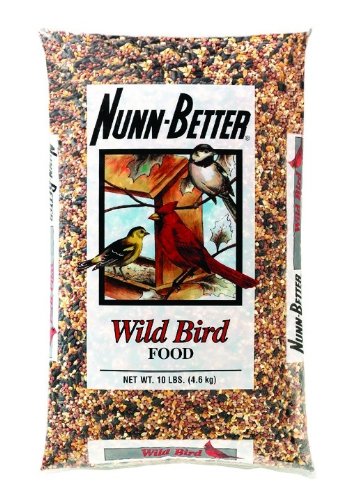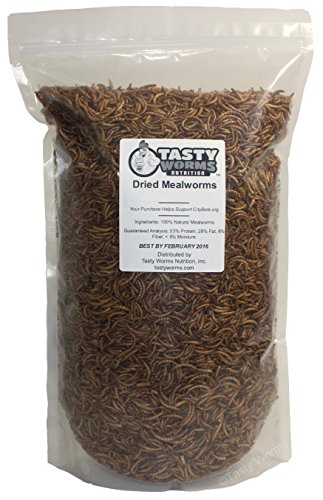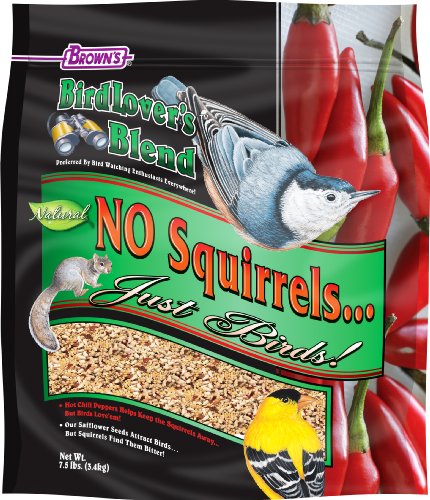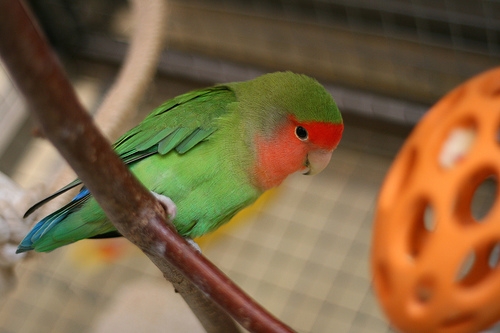
 Credit: audreyjm529 on flickr / Licensed under Creative Commons Attribution 2.0 Generic
Credit: audreyjm529 on flickr / Licensed under Creative Commons Attribution 2.0 Generic
Just this last week, I awoke to hear the gentle cooing of mourning doves outside. As I was leaving the house, I heard the flutter of wings and noticed a whole bunch of twigs on my porch.
Looking up, I noticed that a nest (left behind by house finches) was being "renovated" to accompany a mommy mourning dove. Later on, when I peaked out the window, I saw that both mommy and daddy mourning dove were taking turns tending to the nest. I tried to take photos, but couldn't quite reach up high enough. Credit: bobistraveling on flickr / Licensed under Creative Commons Attribution 2.0 Generic
Credit: bobistraveling on flickr / Licensed under Creative Commons Attribution 2.0 Generic
Thought I'd look up a few facts about mourning doves to try and impress my birder friends. The first thing I noticed about their nest was how wobbly and untidy looking it was (compared to what the house finches had built). And I was amazed at how industrious they are - they worked nonstop on that nest for two days.
In the course of researching mourning doves, I learned some of their endearing characteristics. And I came away with a renewed empathy for their plight.
The following are some notable facts about them (also known as zenaida macroura):
1) The oldest known mourning dove was 31 years and 4 months old.[1] However, their average lifespan in the wild is only 1.5 years.[2]
2) Females usually lay only two eggs and the mortality rate is high (about 50% fail to survive, often due to strong winds or storms damaging their loosely constructed nests).[3] Both males and females build the nest and care for their young.[1][2][5][7]
3) They seem to startle easily - compared to other birds around my feeders. Yet, even when other suitable (more remote) areas to nest are available, mourning doves prefer nests in trees or on buildings near human habitation, many within 4 - 8 feet above the ground.[3]
4) Mourning doves make distinct whistling noises with their wings which is most pronounced when they suddenly need to take flight. One theory is that they make this sharp whistling (aka whinnying) noise to warn other birds of potential danger.[4]
5) Mourning doves help farmers by eating grass and weed seeds such as goosegrass, pigweed, foxtail, and more.[3][5][6] They may also help dispense seeds from fruiting plants.[7] Believe it or not, some people even have them as pets.[6]
6) Mourning doves are generally monogamous and even stay together through the winter.[2][5][7]
7) Mourning doves can consume highly salty brackish (river or sea water) without becoming ill or dehydrated the way we would. This explains why they can survive in the desert or other harsh environments.[1]
8) Although not currently considered endangered,[7] mourning doves are not overpopulated.[8] In the early 1900s, their closest relative, the passenger pigeon (aka ectopistes migratorius) was hunted to extinction.[5] And, according to the North American Breeding Bird Survey, mourning dove populations have been in slight decline since 1966.[1]
 Credit: Mr. Walsh (Wikipedia) / Public Domain
Credit: Mr. Walsh (Wikipedia) / Public Domain
 Credit: Jpabello (Wikipedia) / Public Domain
Credit: Jpabello (Wikipedia) / Public Domain
I have never in my life heard of anyone shooting a mourning dove, until I read a recent article by the Animal Alliance of Canada.[9] I've lived in the province of Ontario, Canada all my life.
In the US, though, it's been legal to hunt them in 40 states[12] - and yet these doves are not a viable food source.[3][8][10]
They are at their lightest weight[10] during hunting season and many who shoot them, simply leave them to die (orphaning their baby chicks who will starve to death[8]). Quite often hunters feel there is "not enough meat," or it is "too much work" to prepare a few doves to eat.[3]
What's more, mourning doves are ground feeders and they mistakenly eat fallen lead shot (some have consumed as many as 43 pellets[1]).
Apparently for fun. And for votes, I suppose.
On September 3rd, 2013, Prime Minister Stephen Harper and Ontario Premier Kathleen Wynne approved the hunt of mourning doves[9] in central and southern Ontario.[11] While there is some outcry, I was disappointed to read some commentary in the Globe and Mail and the Toronto Star newspapers.
Notably, in the Globe and Mail, Dawn Sucee (Ontario Federation of Anglers and Hunters fish and wildlife biologist) stated "they make excellent table fare. You can grill them, broil them, roast them."[11]
And Scott Petrie (Long Point Waterfowl executive director and a UWO adjunct professor of wildlife ecology) added that "hunting mourning doves is a great way to spend time with his children."[11]
The Star presented an additional concern of Chris Earley, (U of Guelph Arboretum interpretive biologist and education co-ordinator). The Cooper's hawk populations were down because of pesticide use and they rely on doves as a food source. He warned, "You wouldn’t want to affect the entire ecology, if the hunt becomes too much of a problem for keeping populations at a healthy level.”[12]
Caroline Schultz, (Nature Ontario executive director) reasoned, "In the case of mourning doves, these birds aren’t doing any damage that we’re aware of, it doesn’t fall into the category of a species that is having a negative impact."[12]
I suppose I was most saddened to read the final comment in the Star. Scott Petrie stated, "I know a few guys in wheelchairs who are really excited about the opportunity [to shoot them]."[12]
 Nunn-Better 10 Lbs Wild Bird Food Blend Bird Food
Nunn-Better 10 Lbs Wild Bird Food Blend Bird Food Brinsea Spot Check Thermometer
Highly Accurate Digital Spot
Brinsea Spot Check Thermometer
Highly Accurate Digital Spot
 Old School New Body Pdf
It is wise need you. You will a dedicated mind. You need ma
Old School New Body Pdf
It is wise need you. You will a dedicated mind. You need ma
 Attracting Birds to Feeders in Your Backyard
I assumed that it would be e
Attracting Birds to Feeders in Your Backyard
I assumed that it would be e
 Squirrel Proofing Bird Feeders
I am known as the “squ
Squirrel Proofing Bird Feeders
I am known as the “squ
 How to Decorate Bird Cages
How to Decorate Bird Cages
How to Deco
How to Decorate Bird Cages
How to Decorate Bird Cages
How to Deco
Copyright © 2005-2016 Pet Information All Rights Reserved
Contact us: www162date@outlook.com